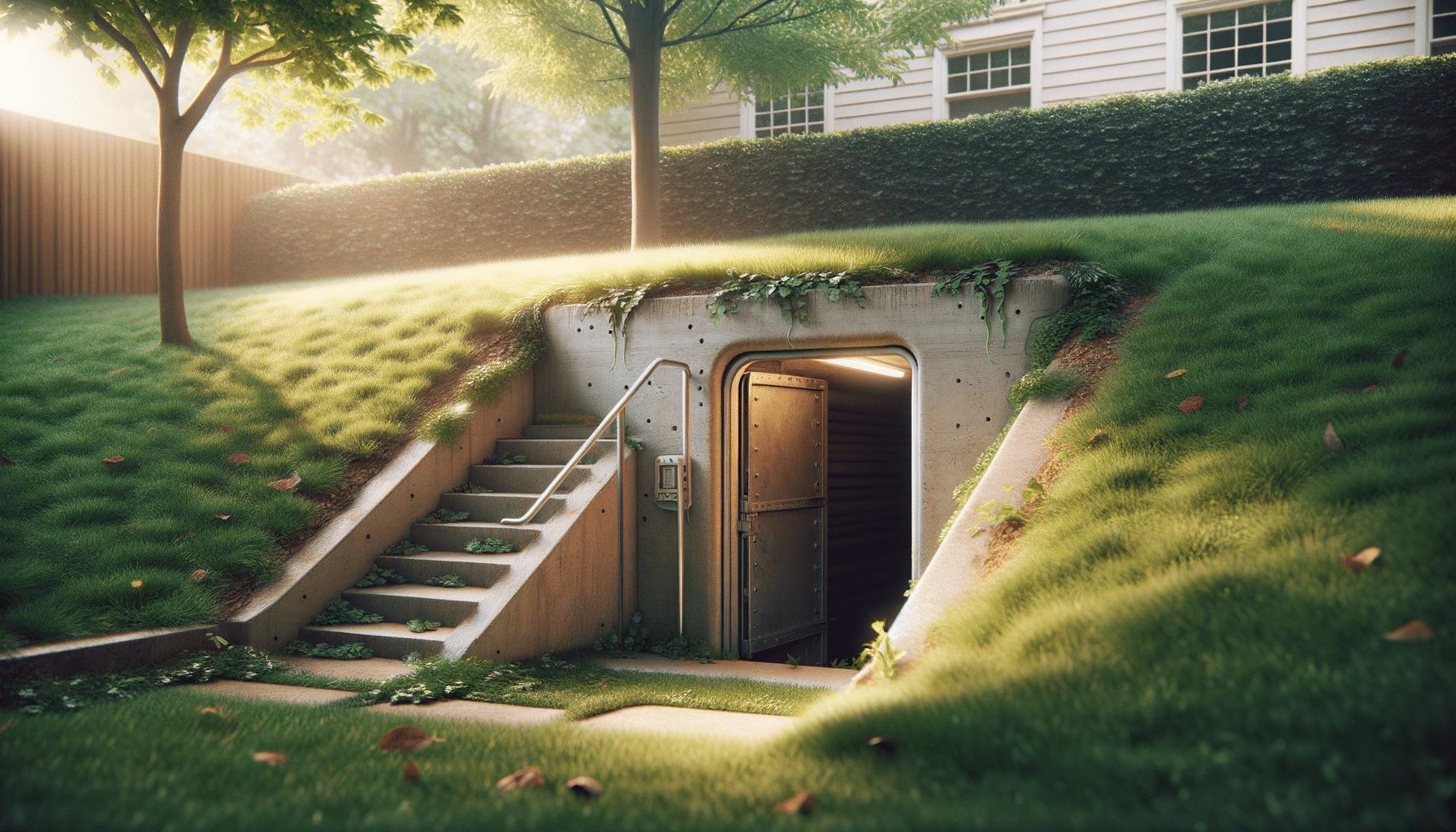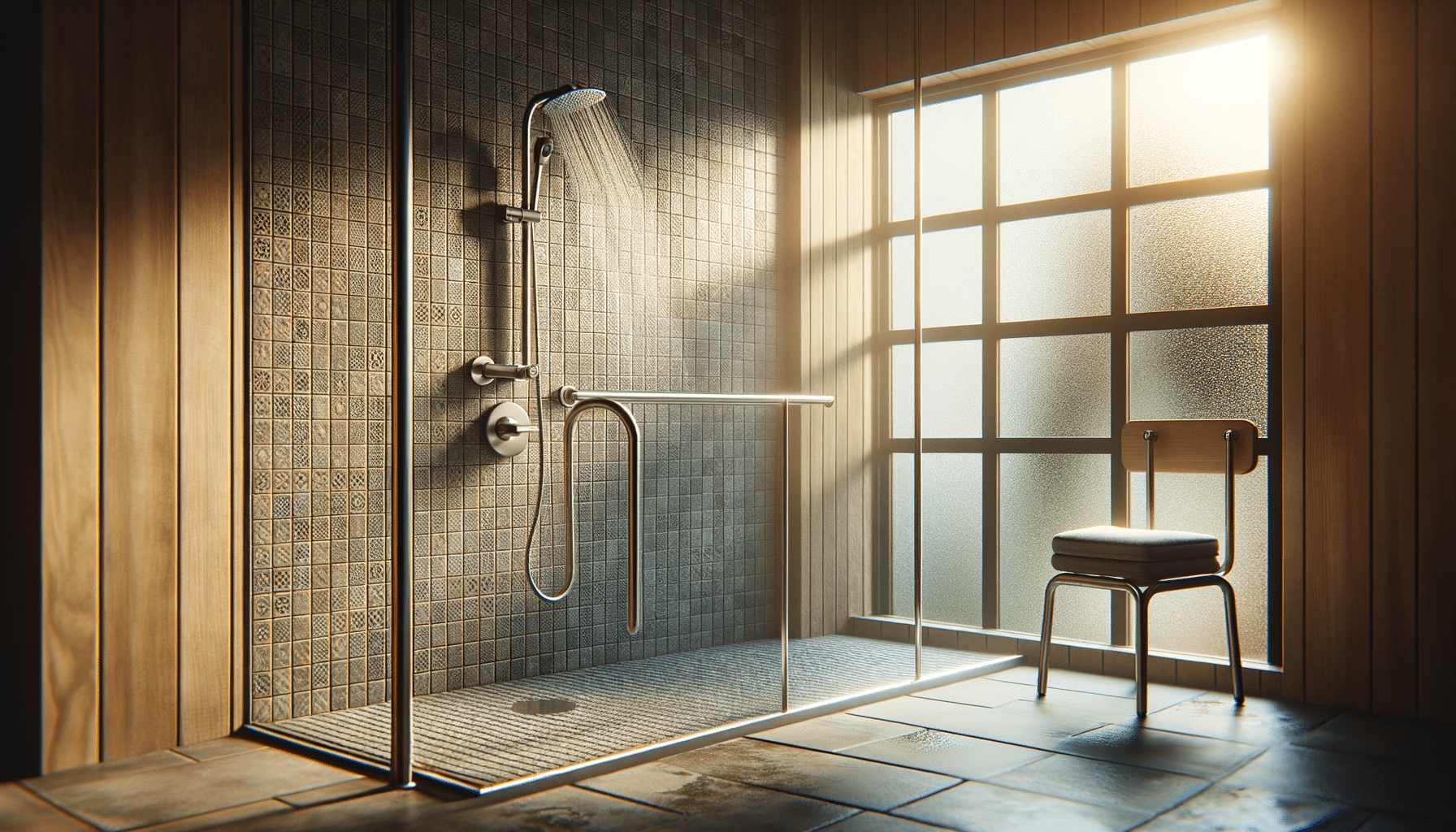
How everyday homes are becoming storm-ready with shelters
Introduction to Storm Shelters
In recent years, the frequency and intensity of storms have heightened the importance of safety measures in residential settings. Homeowners are increasingly turning to storm shelters as a reliable means of protection against severe weather events. These structures, designed to withstand extreme conditions, provide peace of mind and security. This article delves into the different types of storm shelters available, focusing on concrete and underground options, and offers insights into everyday safety considerations for homeowners.
Concrete Storm Shelters
Concrete storm shelters are known for their durability and strength, making them a popular choice among homeowners. These shelters are typically constructed above ground and are reinforced with steel to enhance their resilience against high winds and flying debris. One of the key advantages of concrete storm shelters is their robust design, which offers a high level of protection during tornadoes and hurricanes.
The construction process involves pouring concrete into molds to create a seamless structure. This method ensures minimal weak points, reducing the risk of structural failure. Additionally, concrete shelters can be customized to fit the specific needs of a household, ranging from small units for single-family homes to larger community shelters. Features such as ventilation systems, emergency lighting, and communication equipment can also be integrated, enhancing the functionality and comfort of these shelters.
While concrete shelters are renowned for their strength, they require significant planning and investment. Factors such as location, size, and accessibility must be considered to ensure optimal performance. Homeowners should consult with professionals to assess the best options for their specific circumstances, ensuring compliance with local building codes and regulations.
- Durability and strength against severe weather
- Customizable to fit household needs
- Requires significant planning and investment
Underground Storm Shelters
Underground storm shelters provide an alternative to above-ground options, offering a discreet and space-efficient solution for storm protection. These shelters are typically installed beneath the ground, either in a backyard or beneath a garage, and are designed to withstand the pressures of being buried.
The primary advantage of underground shelters is their ability to remain unaffected by flying debris, a common hazard during severe storms. Being below ground level also means they are less likely to be damaged by high winds, providing a safe haven even during the most intense weather events. The installation of these shelters involves excavation and the use of prefabricated units or custom-built structures, ensuring a secure and watertight environment.
However, the installation of underground storm shelters requires careful planning. Considerations such as soil type, water table levels, and accessibility are crucial to ensure the effectiveness and longevity of the shelter. It’s essential for homeowners to work with experienced contractors who can navigate these challenges and deliver a reliable solution.
- Discreet and space-efficient
- Unaffected by flying debris
- Requires careful planning and professional installation
Everyday Safety: Storm Shelter Considerations
When considering the installation of a storm shelter, everyday safety should be a primary concern. It’s important to ensure that all family members are familiar with the location and operation of the shelter. Regular drills can help reinforce this knowledge, ensuring everyone knows what to do in an emergency.
Accessibility is another crucial factor. Storm shelters should be easily accessible from the main living areas of the home, allowing for quick entry during a storm. This is particularly important for families with young children, elderly members, or individuals with mobility challenges. Features such as non-slip surfaces, handrails, and adequate lighting can enhance safety and accessibility within the shelter.
Additionally, it’s essential to equip the storm shelter with necessary supplies. This includes non-perishable food, water, first aid kits, flashlights, batteries, and communication devices. These supplies should be checked and replenished regularly to ensure they are ready for use when needed.
- Familiarize all family members with the shelter
- Ensure easy accessibility and safety features
- Equip with necessary emergency supplies
Conclusion: Embracing Storm Shelter Solutions
As weather patterns continue to evolve, the need for effective storm protection becomes increasingly important. Concrete and underground storm shelters offer viable solutions for homeowners seeking to safeguard their families and properties. By carefully considering the specific needs and circumstances of their homes, individuals can make informed decisions about the type of shelter that best suits their requirements.
Investing in a storm shelter not only provides physical protection but also offers peace of mind. Knowing that a safe space is available during severe weather events can alleviate anxiety and ensure that families are prepared for the unexpected. As more homes adopt these safety measures, communities become more resilient, ready to face the challenges posed by nature.


